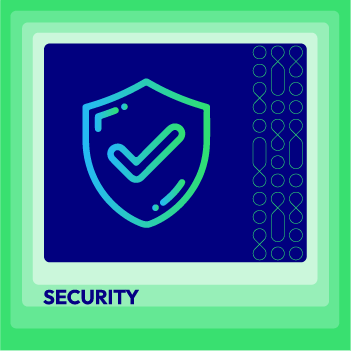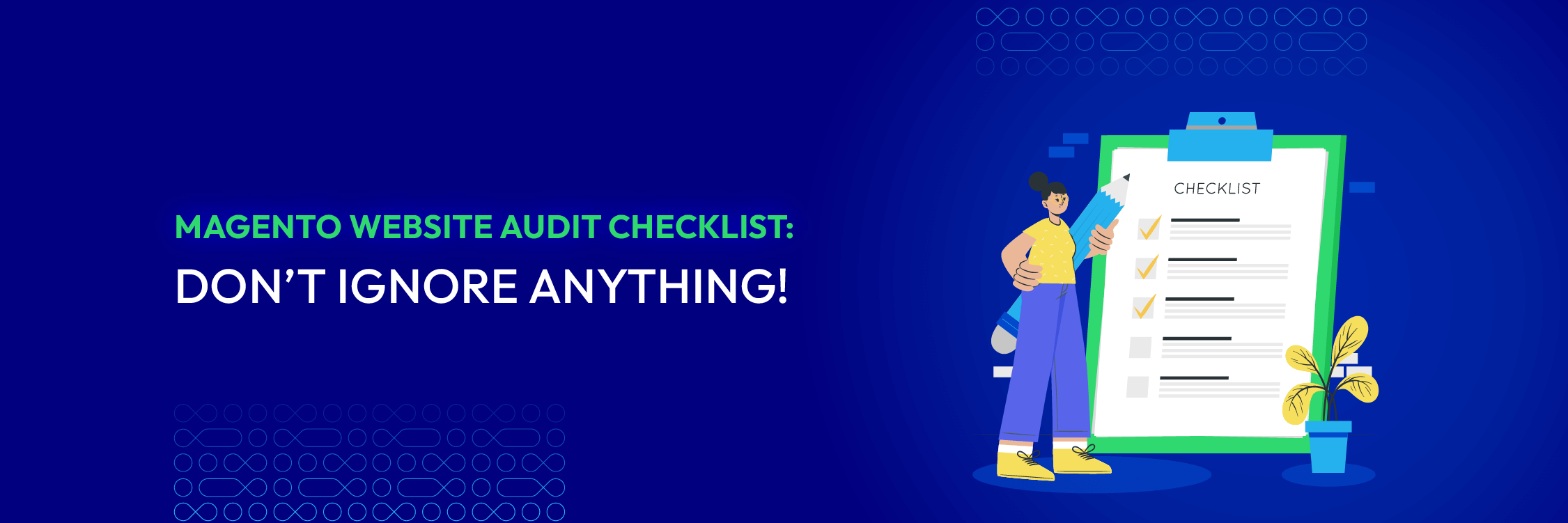What is PCI Compliance? Why Is It Important?
With a big catalog of 234+ extensions for your online store
Internet development helps eCommerce businesses pursue unlimited growth with limitless consumption since it gets rid of geographical limitations.
On the other hand, accepting card payments online becomes a serious concern for businesses because fraudsters are always looking for ways to steal customer data. That’s when sellers and customers care more about PCI compliance.
So what exactly is PCI Compliance? And Should you be PCI compliant? Together, let’s find out the answers to these questions in this post.

Mageplaza Security Extension for Magento 2
Protect & Secure Magento 2 Store Learn more
Table of Contents
- What is PCI Compliance?
- Why do you need to be PCI Compliant?
- PCI DSS Compliance requirement checklist
- How do you get PCI Compliance?
- How much does PCI Compliance cost?
- The bottom line!
What is PCI Compliance?

The PCI stands for Payment Card Industry. As the name suggests, PCI compliance refers to a set of guidelines and standards for businesses to ensure the security of their credit card transactions.
To be more specific, PCI Compliance includes standards in 2 sides: technical and operation. Businesses will follow these standards to manage and protect cardholder data when making online transactions.
One more piece of information is that all PCI standards for compliance are developed and provided by the PCI Security Standards Council. And businesses that follow and achieve PCI DSS (Payment Card Industry Data Security Standards) are considered PCI compliant.
Why do you need to be PCI Compliant?
It’s not exaggerating to say that eCommerce has continued to dominate the market over the past few years. Along with this trend, there’s a rising concern regarding the security of customer data when it comes to payment transactions online.
That’s when PCI Compliance comes into play.
By being a PCI compliant, eCommerce companies have several benefits, mainly:
-
Reduce data breaches. Most importantly, protect the data of cardholders (our customers) from potential cyber attacks
-
Avoid fines due to weak security or available mistakes that cause data breaches since being PCI compliant means that you are handling customer data as securely as possible
-
Enhance brand reputation and build trust for your customers when making payment online via your website
-
Maintain a secure network between your business and customers, plus contribute to a global payment card data security solution
-
You’ll be better prepared to comply with other standards, such as HIPAA, SOX, and others, while you work to meet PCI Compliance.
Even though PCI compliance is not mandated by law, it is considered mandatory by court precedent. This fact happens since it’s your responsibility to safeguard customers’ sensitive financial info when accepting card payments.
PCI DSS Compliance requirement checklist
Being PCI compliant means that you have to consistently adhere to a set of standards and guidelines set forth by the PCI Standard Council. These requirements are named as PCI DSS, including:
-
12 key requirements
-
78 base requirements
-
400 test procedures
They’re used to ensure whether an organization is PCI compliant or not. And in this post’s scope, we will only compile 12 major requirements for PCI compliance.

12 PCI DSS Requirements include:
-
Implement and maintain firewalls to protect data - A proper implementation of firewalls safeguard your private data from unauthorized access
-
Upgrade security with password protection - Ensuring compliance in this aspect eliminates the downsides of default usernames and passwords, which are simple to guess and easily hacked by cybercriminals
-
Protect stored cardholder data - The card data needs to be encrypted with specific algorithms. Plus, to confirm that no unencrypted data exist, primary account numbers (PAN) must be maintained and scanned regularly
-
Encrypt transmitted cardholder data - You must secure the card data when it’s sent across open or public networks. It means that cardholder data needs to be encrypted before it’s transmitted to any locations
-
Utilize anti-virus software - This requirement focuses on the protection of laptops, workstations, and smartphones. They’re things your employees use to access the system and can be attacked by malicious software
-
Properly update software and maintain security systems - Most anti-virus software and firewalls have security measures (for instance, patches) to fix vulnerabilities and increase protection. Your job is to make sure they’re updated regularly
-
Restrict access to card data - Make sure only authorized people can access cardholder data. As required by the PCI DSS, those who access sensitive data should be well-documented and updated regularly
-
Unique IDs for data access - Individual credentials and identity should be required for those who have access to cardholder data. This action brings less vulnerability
-
Restrict physical access to data - You need to keep cardholder data physically in a secure location. In other words, both physical-written or digital information needs to be locked in a safe room or cabinet, plus be destroyed when no longer needed
-
Create and monitor access logs - A log entry is required for all activities dealing with cardholder data and PAN. You must document all data flows on your organization and the number of times accessed. Plus, software products to log access are also required for the accuracy
-
Scan and test for vulnerabilities regularly - Physical and wireless network vulnerabilities make it easier for cybercriminals to steal customer data. Thus, you need an audit policy set to look for anomalies and suspicious activities
-
Regular test process and security systems - To guarantee that security is maintained, all systems and procedures must be tested on a regular basis as required by the PCI DSS
How do you get PCI Compliance?
According to the PCI Compliance Security Standard Council, any company or organization that accepts card payments online or stores credit card data should be PCI compliant.
Usually, every year or every quarter, businesses will have to verify their PCI compliance by hiring a professional assessor or a company to determine whether they’re conducting transactions properly.
So how to become PCI compliant?
-
Define your PCI level. There are 4 levels determined by the number of card transactions your business handles each year. They will affect how you approach PCI DSS compliance
-
Determine your self-assessment questionnaire (SAQ). Induce 7 types decided by your merchant level and how your process card info. Each class represents different requirements you need to follow to become PCI compliant
-
Build a secure network to meet requirements for PCI DSS certification. This process can process from vulnerability scanning to security maintenance and remediation. An information technology contractor is needed to help you deal with all the heavy lifting
-
Complete the Attestation of Compliance (AOC) - A document that confirms the results of a PCI DSS assessment
-
The pathway to PCI compliance can be technically complex. However, it’s worth traveling if you want to protect your reputation in customers’ eyes and essential data from hackers.
As a Magento store owner, we recommend you to install a SecurePay extension that comes with PCI DSS compliance. This will be a more cost-effective solution for merchants to transmit transaction information to SecurePay for processing.
How much does PCI Compliance cost?

The cost to be PCI compliant varies based on your business size, card processing methods, and several factors.
For small businesses, PCI DSS compliance can cost from $300 per year, particularly:
-
Self-Assessment Questionnaire (SAQ): $50 - $200
-
Vulnerability scanning: around $100 - $200/ an IP address
-
Training and policy development: Around $70/ an employee
-
Remediation (Varies based on how much work is needed to achieve compliance and security): From $100 - $10,000
For large enterprises that need a PCI DSS assessment, the total cost is estimated to be over $70.000, including
-
Onsite audit: Around $40,000
-
Vulnerability scanning: Approximately $1,000
-
Penetration testing: Around $15,000
-
Training and policy development: About $5,000
-
Remediation (software and hardware updates, etc.): From $10,000 - $500,000
At the enterprise level, the cost of being PCI compliant doesn’t come cheap. Still, it isn’t worth risking your customers’ information and the business’s long-term reputation because of any PCI compliance cost.
The bottom line!
To sum up, PCI DSS standards apply to all types of companies that ask for credit card information. Its main goal is to protect the privacy and security of sensitive cardholder data by suggesting a guideline on how to secure online business.
No matter what, being PCI compliant is a good decision. You prove that your business puts the safety of consumer data first. In exchange, this action benefits your online store through a positive brand reputation.

Mia
As a content executive at Mageplaza, Mia Hoang understands the value of content marketing lies in the engagement between the customers and companies. Her wish is to bring a unique voice, different perspectives, and new light for every audience.& Maintenance Services
Make sure your M2 store is not only in good shape but also thriving with a professional team yet at an affordable price.
Get StartedNew Posts

2024 Guide for Magento Website Audit (Free Downloadable Checklist)
Shopify Là Gì? Hướng Dẫn Xây Dựng Cửa Hàng Shopify Từ A-Z

How to Find a Magento Programmer for Your Startup?
Stay in the know
Get special offers on the latest news from Mageplaza.
Earn $10 in reward now!




